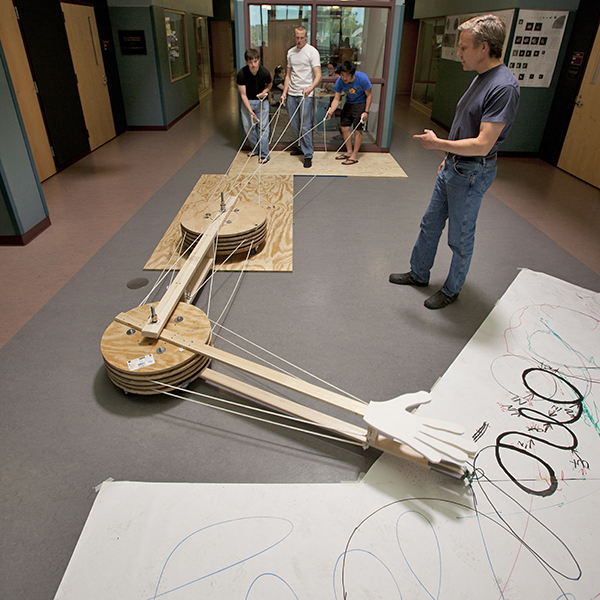Students in the Department of Chemistry and Physics are expected to integrate practical and theoretical knowledge, as well as to reach a deeper understanding of how the practice of science impacts society. Throughout the curriculum students learn to work cooperatively in teams that are independent of gender, race, or creed, where they solve problems together and take this life skill into their future careers.
All chemistry students are expected to participate in research and to present their research at regional or national meetings. In the past three years:
The research program at Drury University has been nationally recognized with one member of the department being awarded the 1998 ACS national award for excellence in undergraduate research.
